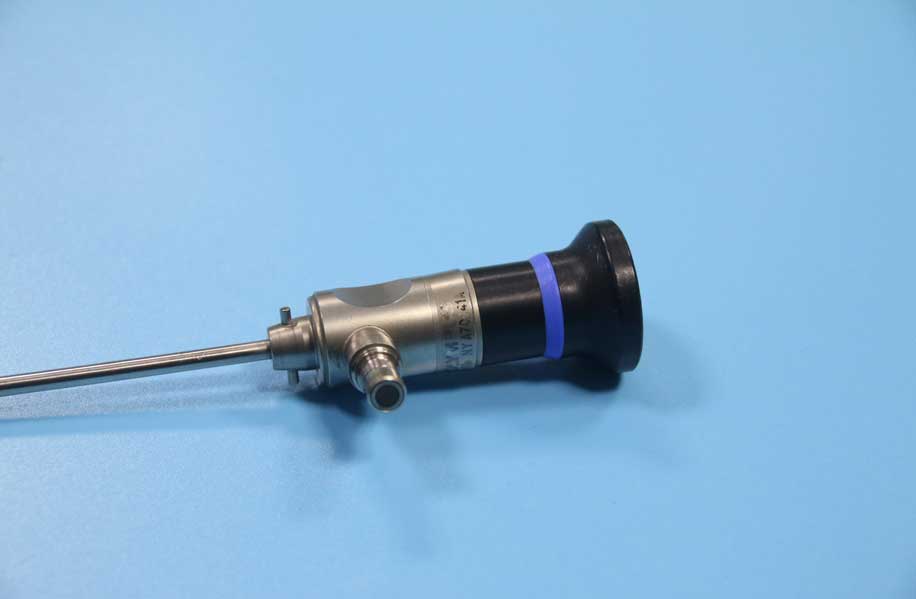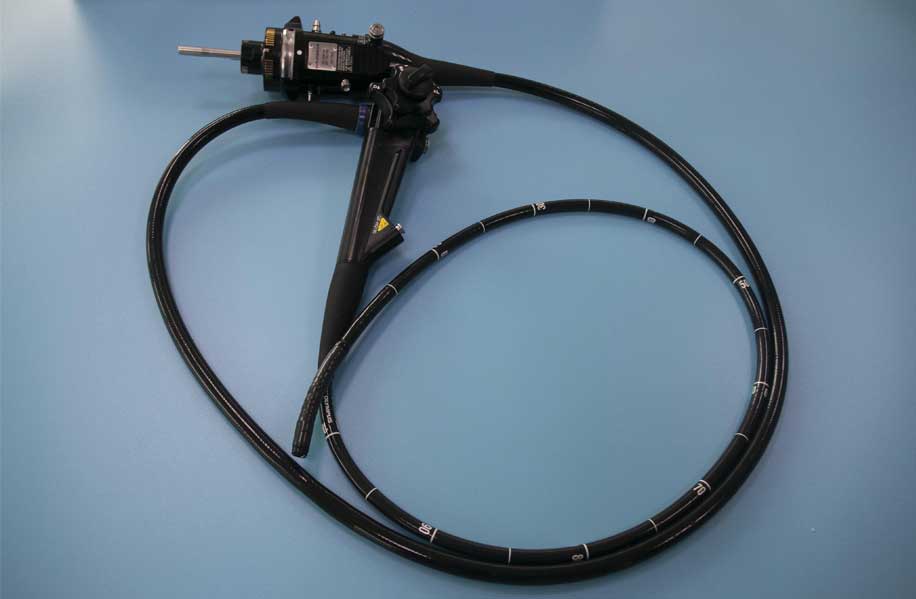Tel: +85368902598
E-mail: tina@fyendoscopy.com
Tel: +85368902598
E-mail: tina@fyendoscopy.com
Rigid endoscopy is a medical procedure in which medical professionals insert a hard telescopic tube into the patient to obtain a view of the organ, using an in-tube camera to view the patient's internal anatomy. The rigid endoscopy also has an access to instruments so that doctors can allow the instrument to perform biopsies through tubes.

Flexible endoscopes are ideal tools to observe the inner surface without surgery. Images of the internal surface are transmitted via video technology. For flexible endoscopes, the fiber-optic lens system with a video chip is located on the distal side of the endoscope (to view the object to check) and transmits electrical signals to the video processor and monitor.

Flexible endoscope: The mirror body is made of Flexible material, which can be bent, and the insertion end can adjust the angle, even up to 180.
Rigid endoscope: The main body of the endoscope cannot be bent or twisted, and the depth of the human body is much lower than that of the Flexible endoscope.
Flexible endoscope: Generally, it includes the following basic structures: the front end, the bending part, the insertion tube, the manipulation part, the joint part and the imaging interface part. The front end is a Rigid part, and the end face is provided with a plurality of cavities and windows, namely, a water supply and air supply outlet hole, a biopsy forceps outlet hole, an objective lens and a light guide window. The air supply is a common outlet, and when air is injected, the air enters the cavity of the human body through this hole to expand the cavity; When water is injected, the water comes out from this hole to wash the objective lens and the operating field, so that the visual field can be kept clear. The outlet holes of suction forceps and biopsy forceps are the same nozzle. When there is too much liquid in the cavity that hinders observation, press the suction button, and the liquid can be sucked into the suction bottle through this hole. Biopsy forceps and other therapeutic instruments also enter the body cavity through this hole. The manipulation part includes an angle control knob, suction valve button, water supply and air supply button and biopsy tube opening, where the operator can operate various buttons to complete endoscopic examination and treatment.
Rigid endoscope: All kinds of Rigid-tube endoscope structures generally include the outer endoscope tube (or sheath), the endoscope body, the light guide bundle interface, the target end connection and the imaging interface. Unlike Flexible endoscopes, which all have operating channels, some rigid endoscopes for sale have no instruments and water vapor channels, such as laparoscopy, thoracoscopy, mediastinoscopy and arthroscopy.
Flexible endoscope: All types of flexible endoscopes are mainly through the body's natural cavity to complete the examination, diagnosis and treatment, such as gastroscope, colonoscopy, laryngoscope, bronchoscope, etc. mainly through the human digestive tract, respiratory tract and urinary tract into the human body.
Rigid endoscope: It mainly enters the sterile tissues and organs of the human body or enters the sterile chamber of the human body through surgical incisions, such as laparoscopy, thoracoscopy, arthroscopy, intervertebral disc endoscope and ventriculoscope.